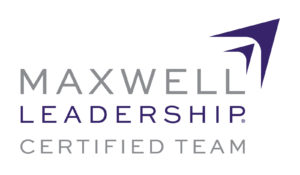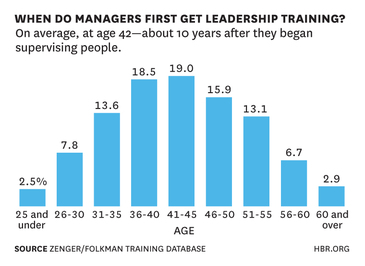
In a world where you can be anything, be kind. – Unknown
Perhaps you saw the story recently on social media. It was one of those feel-good stories that just restores faith in humanity on many levels.
It begins with a post showing Delta Airlines flight attendant Floyd Dean-Shannon sitting in the aisle on a flight from Charlotte, N.C. to New York City holding the hand of a nervous passenger.
“I’ve got you,” he’s quoted as saying as he gives comfort and reassures the nervous passenger that everything was going to be fine. He took the time to explain every noise and bump as he held her hand.
The beauty of the moment didn’t go unnoticed by fellow passengers who were so touched by this act of kindness that they couldn’t help but capture the moment to share with the rest of us.
It’s probably safe to say that Floyd Dean-Shannon didn’t set out that day to be declared a hero on social media for his act of kindness toward a total stranger. He’d probably just say that he was doing his job. But I hope that the rest of us won’t soon forget it.
John Maxwell said, “People don’t care how much you know until they know how much you care.” And this is precisely what Floyd Dean-Shannon modeled. Here are a few additional leadership lessons we can learn from his actions that day.
Acts of kindness don’t diminish your leadership, it elevates it
We must never embrace the false notion that strong leaders don’t have the capacity for being kind. Not only did Dean-Shannon prove it, but judging by the response, it’s refreshing to see. In leadership, being kind is an asset, not a liability.
People are your business
Howard Behar, the former vice president at Starbucks said, “We are not in the coffee business serving people, we are in the people business serving coffee.” And this is the leadership lesson found at this moment. It always has been and always will be about people and how best to serve them.
One person truly can make a difference
Perhaps the greatest lesson that Floyd Dean-Shannon taught us is that one random act of kindness by one person truly can make a difference. But when we couple random acts of kindness with intentional acts of kindness soon big changes are made.
Mother Teresa said, “I alone cannot change the world, but I can cast a stone across the waters to create many ripples.” As leaders, this is our challenge – to create ripples that make a difference. Thank you, Floyd Dean-Shannon for showing us how.
©2023 Doug Dickerson




